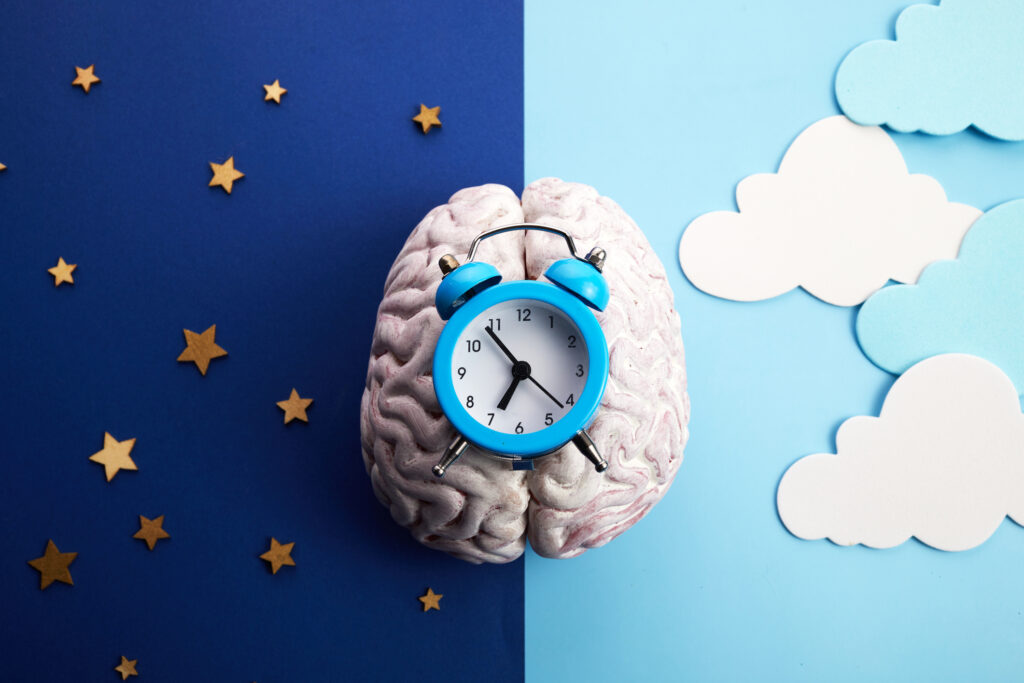Brain Neurons Identified in Pre-Sleep Routine
When we are stressed or excited, it can be difficult for us to fall asleep—and finding ways to wind down prior to sleep is a habit of many.
 When we are stressed or excited, it can be difficult for us to fall asleep—and finding ways to wind down prior to sleep is a habit of many.
When we are stressed or excited, it can be difficult for us to fall asleep—and finding ways to wind down prior to sleep is a habit of many.
For people suffering from chronic difficulties initiating and maintaining sleep, adopting a regular behavioral pre-sleep routine was found to be more efficient in facilitating sleep than medication, yet the biological link between the pre-sleep phase and sleep initiation was until recently a mystery.
Now, a new University of Michigan study provides novel insights into the mechanisms that control pre-sleep behaviors and subsequently sleep initiation.
The findings, which are published in Current Biology, could have significant implications for insomniacs, who chronically struggle with falling asleep and maintaining sleep.
Humans, as well as many other animals including mice, engage in routine behaviors prior to sleep initiation, including attending to personal hygiene and preparing a space in which to sleep. It has long been suggested that these pre-sleep behaviors promote tranquilization and de-arouse the brain, yet causal evidence was lacking.
In the newly published study, U-M researchers characterized mice’s routine prior to sleeping and demonstrated that if mice are not able to engage in pre-sleep nesting behavior, it takes them longer to fall asleep and the quality of their sleep is reduced.
The researchers used newly developed, cutting-edge methods to tag neurons that were activated during the pre-sleep phase and subsequently modulate their activity. They successfully pinpointed neurons or brain cells in the lateral hypothalamus—which is a brain structure located in the forebrain and responsible for many behaviors including hunger, fear and thirst—that not only controls pre-sleep nesting behavior, but also sleep intensity.
The findings could eventually lead to the development of alternative medication to treat sleep disturbances—other than currently available prescribed drugs which pose many health risks.
“A better understanding of the neuronal mechanism facilitating the natural transition from wakefulness to sleep could have large implications to numerous humans for which this transition is not a trivial one, for example for people suffering from insomnia,” said Ada Eban-Rothschild, assistant professor of psychology and neuroscience and the study’s senior author.
The study’s co-authors are Maria Ines Sotelo, Jean Tyan, Chelsea Markunas, Bibi Sulaman, Lorraine Horwitz, Hankyu Lee, Joshua Morrow, Gideon Rothschild and Bo Duan, all of the University of Michigan.
Publication: Maria I. Sotelo, et al., Lateral hypothalamic neuronal ensembles regulate pre-sleep nest-building behavior, Current Biology (2022). DOI: 10.1016/j.cub.2021.12.053.
Original Story Source: University of Michigan

 Alerts Sign-up
Alerts Sign-up